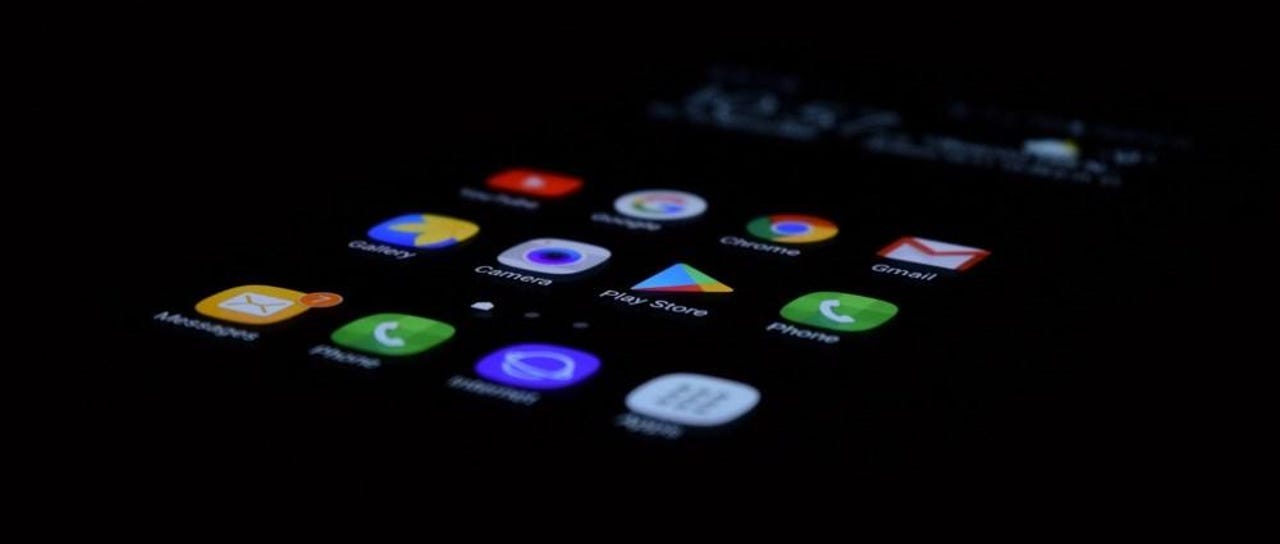Germany: Backdoor found in four smartphone models; 20,000 users infected


The German Federal Office for Information Security (or the Bundesamt für Sicherheit in der Informationstechnik -- BSI) has issued security alerts today warning about dangerous backdoor malware found embedded in the firmware of at least four smartphone models sold in the country.
Impacted models include the Doogee BL7000, the M-Horse Pure 1, the Keecoo P11, and the VKworld Mix Plus (malware present in the firmware, but inactive). All four are low-end Android smartphones.
Phones infected with backdoor trojan
The BSI said the phones' firmware contained a backdoor trojan named Andr/Xgen2-CY.
UK cyber-security firm Sophos Labs first spotted this malware strain in October 2018. In a report it published at the time, Sophos said the malware was embedded inside an app named SoundRecorder, included by default on uleFone S8 Pro smartphones.
Sophos said Andr/Xgen2-CY was designed to work as an unremovable backdoor on infected phones.
The malware's basic design was to start running once the phone was turned on, collect details about an infected phone, ping back its command-and-control server, and wait for future instructions.
According to Sophos, Andr/Xgen2-CY could collect data such as:
- The device's phone number
- Location information, including longitude, latitude, and a street address
- IMEI identifier and Android ID
- Screen resolution
- Manufacturer, model, brand, OS version
- CPU information
- Network type
- MAC address
- RAM and ROM size
- SD Card size
- Language and country
- Mobile phone service provider
Once a profile of an infected phone was registered on the attacker's server, they could use the malware to:
- Download and install apps
- Uninstall apps
- Execute shell commands
- Open URL in browser (though this function appeared to be a work in progress in the sample we analyzed)
Malware removal "is not possible"
The malware isn't just some overly-aggresive advertising module either. Sophos said its author tried to hide the malicious code, and the backdoor was disguised as part of an Android support library, in a way meant to hide it from view.
"Manual removal of the malware is not possible due to its anchoring in the internal area of the firmware," the BSI said today.
The malware can be removed just via a firmware update issued by the phone makers. Unfortunately, firmware updates without the malicious backdoor are only available for the Keecoo P11 model, but not the others.
The German cyber-security agency said it's seeing at least 20,000 German-based IP addresses connecting to the Andr/Xgen2-CY's command and control servers on a daily basis, suggesting that there are still many German users who use the infected phones for daily tasks. Users in other countries are most likely impacted as well.
The BSI warns that users of these devices are now at risk of having other malware pushed to their devices from the malware's control servers, such as ransomware, banking trojans, or adware.
A long list of previous incidents
Security
This is not the first incident of its kind. In November 2016, two reports, from Kryptowire and Anubis Networks, found two Chinese companies that were making firmware components for larger Chinese phone makers were embedding a backdoor-like functionality inside their code.
In December 2016, security researchers from Dr.Web found an downloader for Android malware embedded in the firmware of 26 Android smartphone models.
In July 2017, Dr.Web found versions of the Triada banking trojan hidden in the firmware of several Android smartphones.
In March 2018, the same Dr.Web found the same Triada trojan embedded in the firmware of 42 other Android smartphone models.
In May 2018, Avast researchers found the Cosiloon backdoor trojan in the firmware of 141 Android smartphoness.
In all incidents, all the smartphone models were from little-known vendors selling low-end class Android devices.
Many of 2018's most dangerous Android and iOS security flaws still threaten your mobile security
Related malware and cybercrime coverage:
- Hollywood lie: Bank hacks take months, not seconds
- 440 million Android users installed apps with an aggressive advertising plugin
- New HiddenWasp malware found targeting Linux systems
- GandCrab ransomware operation says it's shutting down
- I2P network proposed as the next hiding spot for criminal operations
- New Iranian hacking tool leaked on Telegram
- The dark web is smaller, and may be less dangerous, than we think TechRepublic
- Game of Thrones has the most malware of any pirated TV show CNET